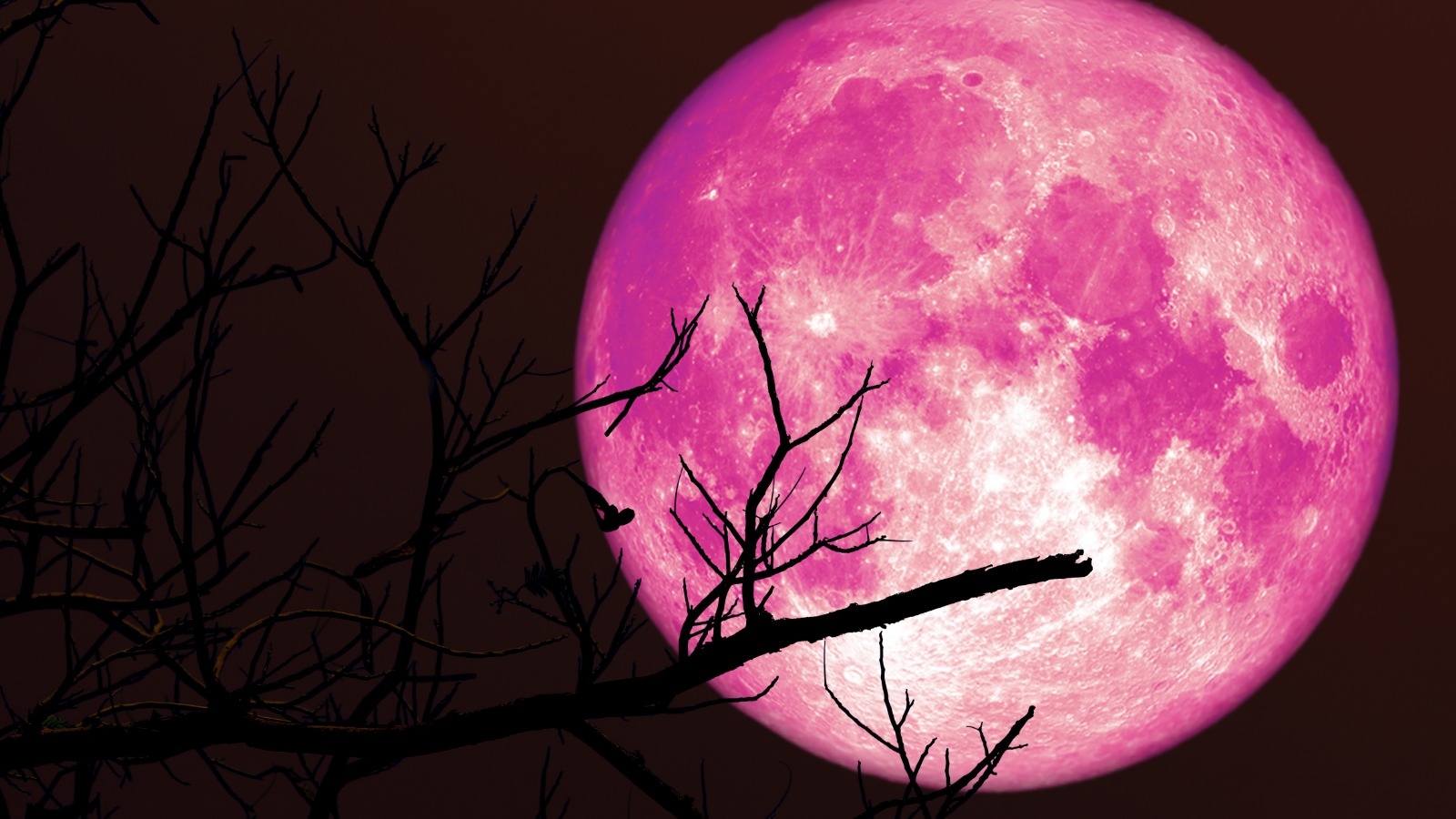Now Reading: Why Does Moonlight Change Colours?
-
01
Why Does Moonlight Change Colours?
Why Does Moonlight Change Colours?

Fast Summary:
- The Moon does not emit light but reflects sunlight; its grayish-white color comes from the reflection of light absorbed by its surface, which is mostly made up of gray rock called anorthosite and darker areas composed of basalt.
- Atmospheric conditions on Earth, including the angle at which moonlight travels through the atmosphere, heavily influence how moonlight colors appear to human eyes.
- When the Moon is higher in the sky, light travels less distance through the atmosphere with minimal scattering, causing it to appear brighter and consistent in color.
- When positioned closer to the horizon, atmospheric conditions scatter certain wavelengths more and allow others to dominate-changing how we perceive its color.
- Phenomena like blood moons occur because blue wavelengths are absorbed by Earth’s atmosphere during eclipses,leaving red-orange wavelengths visible.
Indian opinion Analysis:
The scientific principles underlying changes in moonlight color offer intriguing insights into both astronomy and atmospheric science. For India-a country steeped in cultural traditions involving celestial events-the explanation behind phenomena like blood moons can further enrich public understanding while demystifying superstitions surrounding such occurrences. As one of Asia’s leaders in space research (e.g., ISRO), cultivating broader public science literacy about natural events could support India’s goals for inspiring innovation and fostering scientific curiosity among younger generations.























